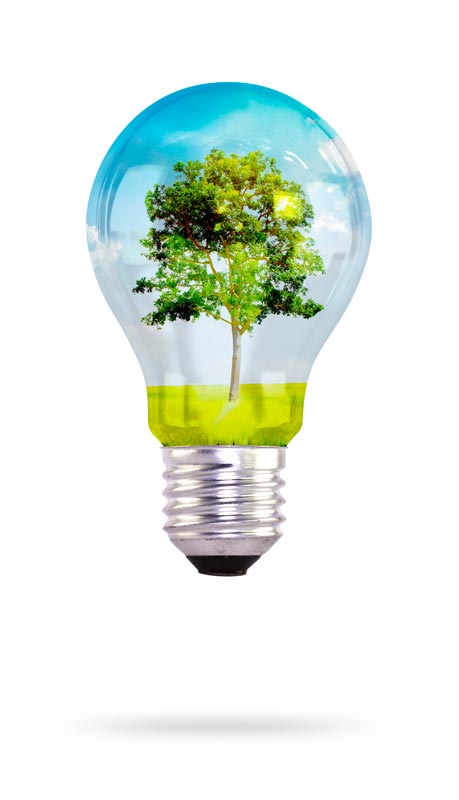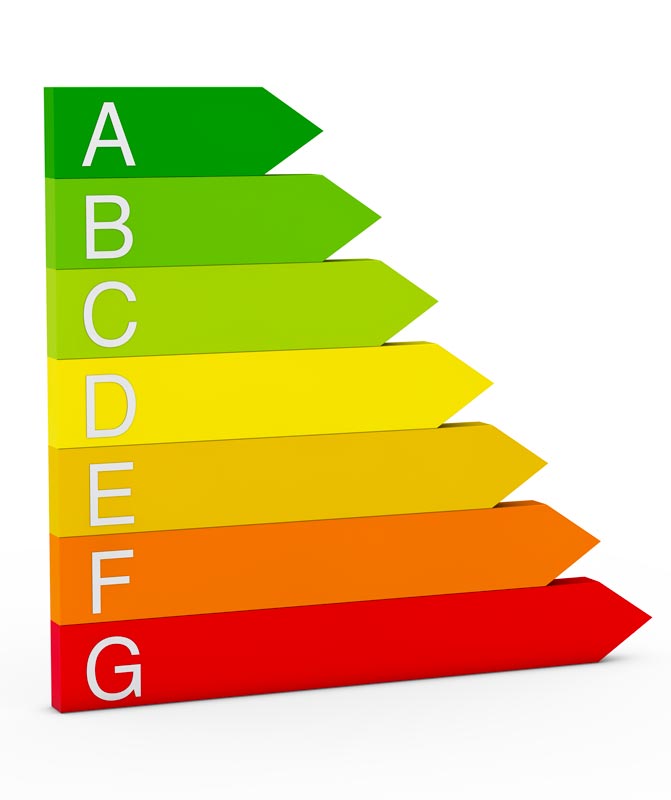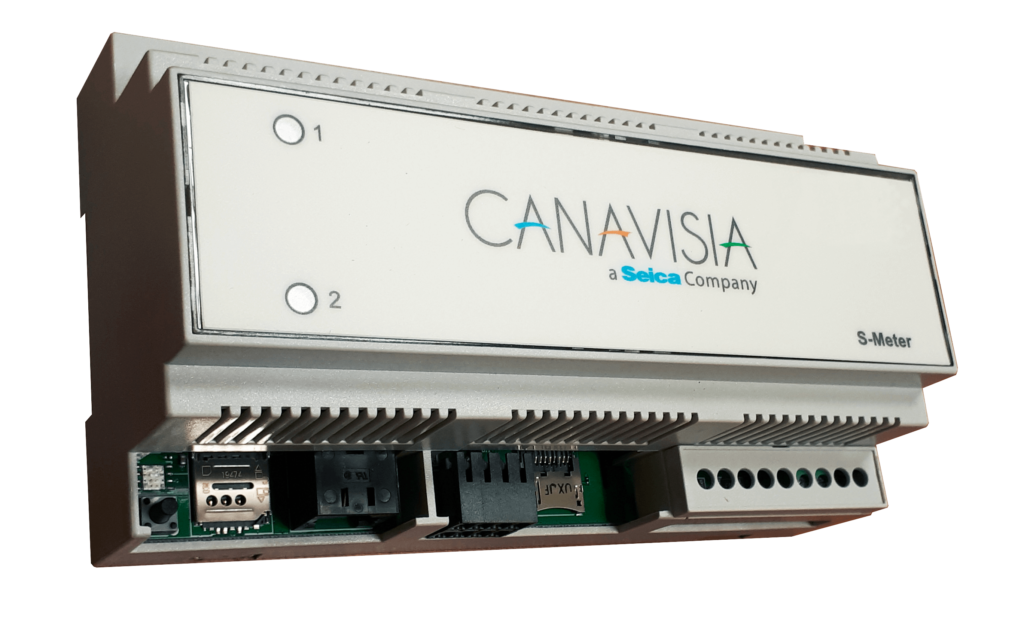Tax Incentives
Tax Incentives
National Energy Efficiency Fund
The National Energy Efficiency Fund favors the interventions necessary to achieve the national energy efficiency objectives. It promotes the involvement of financial institutions, both national and EU, and private investors on the basis of adequate risk sharing.
Established at the Ministry of Economic Development (Article 15, paragraph 1, of Legislative Decree no.102 of July 4th 2014). The inter-ministerial decree of December 22th 2017 governs the Fund.
The Fund supports energy efficiency interventions carried out by companies, including ESCOs, and by the Public Administration, on buildings, plants and production processes.
Specifically, the supported interventions must concern:
- Reduction of energy consumption in industrial processes.
- Construction and expansion of district heating networks.
- The efficiency of public services and infrastructures, including public lighting.
- Energy upgrading of buildings.

Tax Incentives
White Certificates
Also known as “Energy Efficiency Certificates” (TEE), are negotiable securities that certify the achievement of energy savings. In the final uses of energy through interventions and projects to increase energy efficiency.
White certificate system requires electricity and natural gas distributors to achieve primary energy savings targets annually, expressed in saved tons of oil equivalent (TOE).
Management, assessment and certification of savings related to energy efficiency projects conducted under the white certificate mechanism are entrusted to the Energy Services Manager.
The operating rules of white certificates updated with the decrees of January 11th 2017 and May 8th 2018.
With the decree of April 30th 2019, the Operational Guide approved to promote the identification, definition and presentation of projects. Within the framework of the White Certificates mechanism.
Guide, drawn up by the GSE, contains useful information for the preparation and presentation of requests for access to incentives. As well as indications on the potential for energy savings. It derive from the application of the best technologies available in the main production sectors.
Decree also updates the table containing the types of projects eligible for the White Certificates mechanism.
With the decree of May 9th 2019, the Operational Guide for the issue of White Certificates. It’s not derive from energy saving tax incentives energy efficiency projects was approved.
The Guide, drawn up by the GSE pursuant to the interministerial decree on White Certificates (Ministerial Decree of January 11th 2017, as amended by Ministerial Decree May 10th 2018). It governs the rules and obligations that obliged subjects must follow to request this type of White Certificates, useful for the purpose of achieving the obligation. The provision, which aimed at promoting the equilibrium of the securities trading market, completes the implementing. Provisions provided for by the ministerial decree updated in May 2018.
Tax Incentives
Thermal Account
The Thermal Account firstly encourages interventions to increase energy efficiency and the production of thermal energy from renewable sources for small plants.
Beneficiaries are especially mainly public administrations, but also companies and private individuals. Who will be able to access funds for 900 million euros per year, of which 200 are destined for public administrations.
With the Thermal Account buildings can be upgraded especially to improve their energy performance. Thus reducing consumption costs and quickly recovering part of the costs incurred. Recently, the Thermal Account has been renewed with respect to the one introduced by the DM 28/12/2012. Through the DM 16/02/2016. In addition to an expansion of the methods of access and of the subjects admitted (in-house companies and cooperatives of inhabitants are also included among the PAs). New energy saving tax incentives and energy efficiency measures are planned.
The size of admissible implants was also revised and the direct access procedure for devices with already approved and certified characteristics was streamlined (Catalog).

Tax Incentives
HIGH EFFICIENCY COGENERATION
Cogeneration is in particular the combined production, in a single process, electricity – or mechanical – and heat. A cogeneration unit define at first as high efficiency if the resulting value of primary energy saving tax incentives (PES). It is at least 10% or, in the case of micro-cogeneration units (<50 kWe) or small cogeneration (<1 MWe), if it assumes any positive value.
GSE annually provides for the final recognition of the CAR operation and, for the cogeneration units that request it. The subsequent recognition of the CB number to which they are entitled. GSE also examines requests for preliminary (preventive) evaluation for units not yet in operation, aimed at subsequent access to the White Certificates.
The main benefits that current legislation recognizes to High Efficiency Cogeneration are:
- Priority, in the context of dispatching, of electricity produced from cogeneration over that produced from conventional sources.
- Energy saving tax incentives on the excise duty of methane gas uses for cogeneration.
- Possibility of accessing the on-site Exchange service of the electricity produced by High Efficiency Cogeneration plants with nominal power up to 200 kW.
- The possibility of applying simplified technical-economic conditions for connection to the electricity grid.
- Possibility in particular of obtaining tariff concessions for plants powered by Renewable Energy Sources.
- The possibility of incentives for electricity produced in High Efficiency Cogeneration, net and fed into the grid by plants fueled by biomethane.
Tax Incentives
Photovoltaic
Net Metering is a particular form of self-consumption that allows to offset the electricity produced and fed into the grid at a certain time. With that taken and consumed at a time different from that in which production takes place.
In net metering, the electrical system is therefore used as a tool specifically for the virtual storage of electricity produced but not contextually self-consumed. A necessary condition for the provision of the service is the presence of plants for the consumption and production of electricity. Underlying a single connection point with the public grid.
Dedicated Withdrawal in detail is a simplified method available to producers for the marketing of the electricity. It especially produced and fed into the grid, effective from January 1st 2008.
It also consists in the sale to the GSE of the electricity fed into the grid by the plants that can access it. At the request of the producer and as an alternative to the free market, according to principles of procedural simplicity and applying economic market conditions.
The GSE in fact pays the producer a certain price for each kWh fed into the grid.
The revenues deriving to producers from the sale of electricity to the GSE are therefore added to those earned from any incentive mechanisms. In spite of the case in which all-inclusive fixed prices, inclusive of the incentive, are applied for the withdrawal of the electricity injected into network.
Tax Incentives
D.M. 04/07/2019
In continuity with the DM 06/07/2012 and the DM 23/06/2016, from which it inherits part of the structure. The DM 04/07/2019 especially has the purpose of promoting, through economic support, the dissemination of production plants of electricity from small, medium and large renewable sources.
The plants that can benefit from the incentives provided for by the Decree are newly built photovoltaic, onshore wind energy, hydroelectric and finally those with purification gas.
Only plants found to be in a useful position in the rankings of one of the seven competition procedures in the Register or Reduced Auction on the value of the incentive, drawn up by GSE on the basis of specific priority criteria, may submit a request for access to the incentives.
Registration in the Registers or Auctions can be made for a single plant or for multiple plants in aggregate form, provided that they are all newly built.
The Ministerial Decree 04/07/2019 in conclusion divides the plants that can access the incentives into four groups based on the type, the renewable energy source and the category of intervention:
Group A includes the plants:
- On-shore wind farms of new construction, full reconstruction, reactivation or enhancement.
- Newly built photovoltaic systems.
Includes the plants:
- Newly built photovoltaic, whose modules are replace roof buildings and rural buildings. Which the complete removal of Eretnit or asbestos operate.
Group B includes the plants:
- Hydroelectric plants of new construction, complete reconstruction. (Excluding plants on the aqueduct), reactivation or upgrading.
- To gas residues from purification processes of new construction, reactivation or upgrading.
C includes plants subject to total or partial reconstruction:
- “On-shore” wind farms.
- Hydroelectric.
- Gas residues from purification processes.

